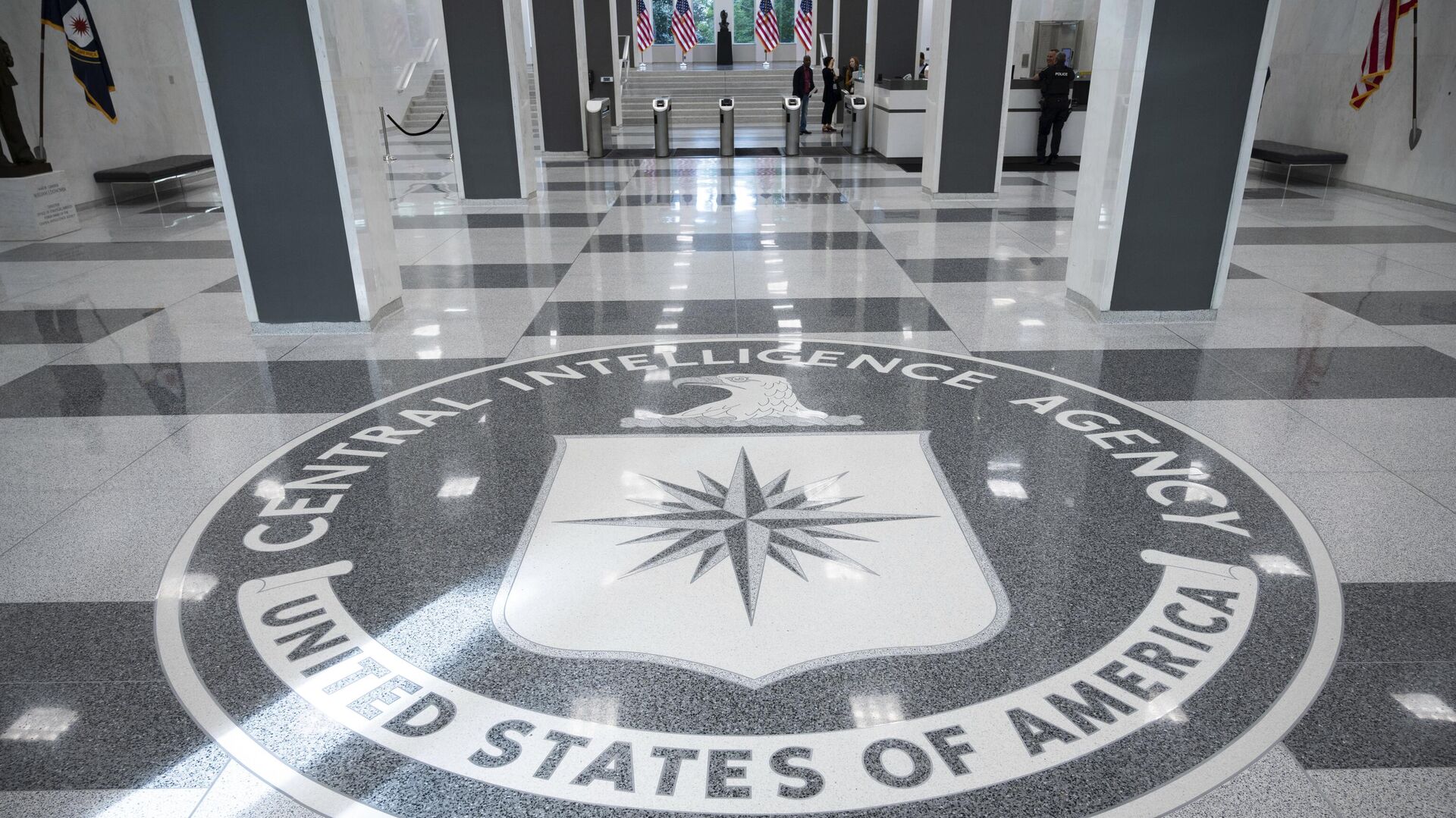
< br />
MOSCOW, February 3, Zakhar Andreev. Judging by information leaked to the press, bureaucratic obstacles are interfering with the normal work of the CIA and other American intelligence services. As a result, powerful government organizations turn out to be less effective than network enthusiasts and even underground terrorists. In any case, in one important area.
«Steeper than the Kennedy assassination»
The events of recent years have dealt a blow to the reputation of American intelligence. In particular, the failure of the Ukrainian Armed Forces’ counter-offensive came as a surprise to the West.
“I don’t think anyone correctly appreciated the depth of the minefields and the fact that Russia had properly built numerous lines of defense,” former CIA chief David Petraeus admitted in early December.
Another fiasco— Hamas attack on Israel on October 7.
“Washington missed the largest military clash with its closest ally, on whose territory there are thousands of American citizens? How is it that no one in the United States said a word at least a day before the start of the current escalation in the Middle East? Another mystery, and it’s worse than murder John Kennedy,” wrote the official representative of the Russian Foreign Ministry Maria Zakharova in the Telegram channel.
Recent reports in the American press lift the veil of this “secret”: it seems that US spy agencies are simply stuck in the past and cannot keep up with the development of modern information technologies. Due to bureaucratic restrictions and inertia of thinking, they do not even notice what no one is hiding.
«Sherlock Holmes, not James Bond»
Traditionally, intelligence is supposed to uncover information that someone is hiding. The agent's task is to collect as much of this data as possible. The digital era has presented exactly the opposite task to intelligence agencies. Social networks, instant messengers, forums, chats — the volume of messages, photo and video materials in the public domain is so huge that it becomes a problem to filter out potentially useful information, analyze it and interpret it correctly. This kind of work is usually called the abbreviation OSINT (Open source intelligence).
The term originated in American intelligence circles in the early 1990s, but the phenomenon itself is not new. The history of the method goes back centuries, and in the Western tradition, the creation of the US Foreign Broadcast Monitoring Service in 1941 is considered to be the forerunner of units aimed at OSINT. Since then, according to senior American spies, about 90 percent of information comes from open sources and only ten percent is collected by secret agents.
“The real hero of intelligence is Sherlock Holmes, not James Bond,” said the former head of the US Defense Intelligence Agency (DIA), Lieutenant General Samuel Wilson.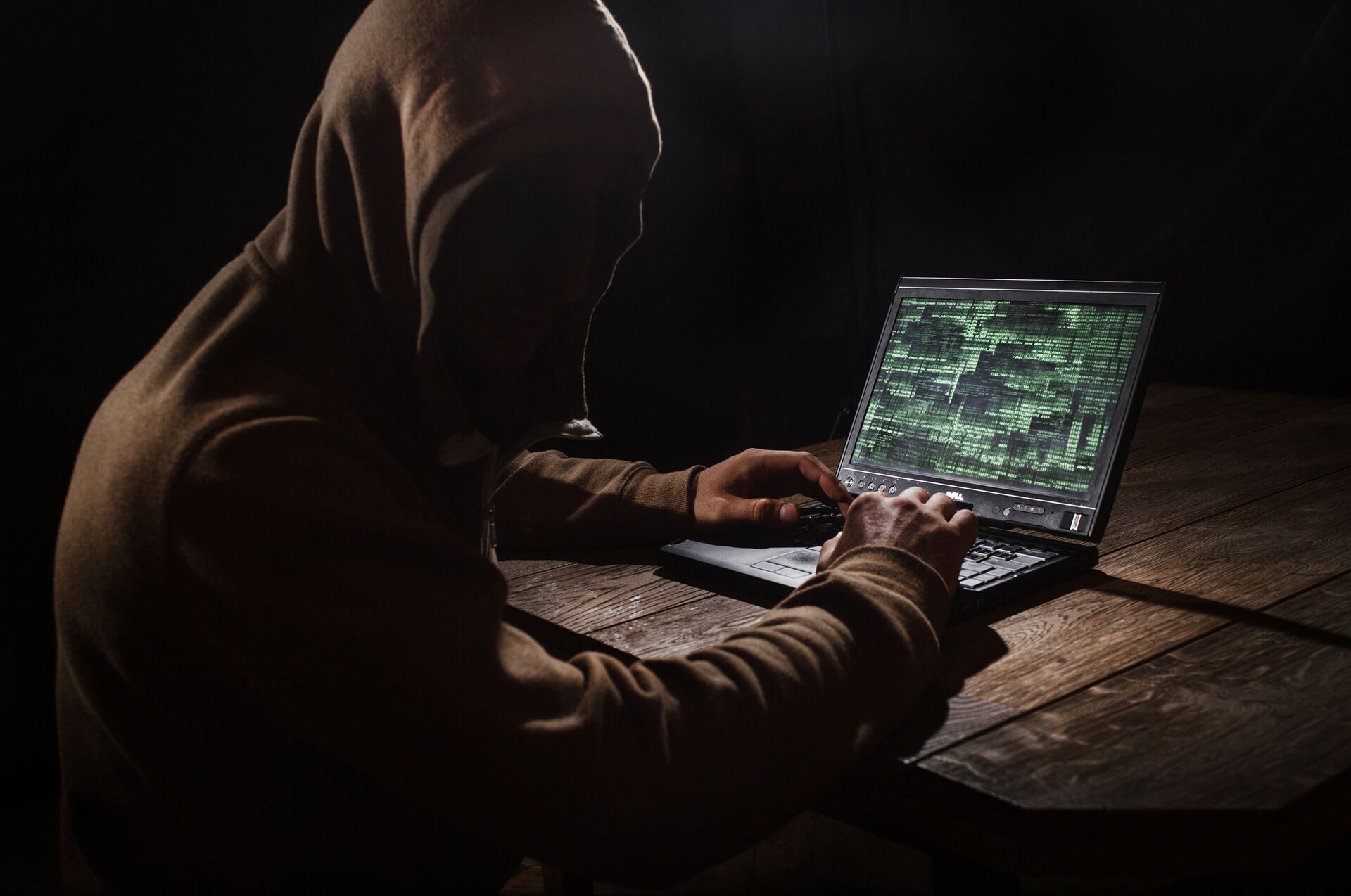
However, apparently not everyone realized the importance of direction. According to Bloomberg, back in the 1990s, experts warned that the United States risked falling behind in the field of OSINT. But the federal intelligence community gave priority to information it collected on its own. According to the head of the House Intelligence Committee, Mark Warner, intelligence agencies were accustomed to building their careers on the idea that information should be obtained secretly, and were not ready to radically change their thinking.
At the beginning of the 21st century, the volume of open data on the Internet, including social media, began to grow rapidly. Clumsy government agencies could not keep up with the new realities. And the OSINT market was captured by more flexible private traders. They specialize in collecting various sensitive information and sell it to both commercial and government customers. In particular, counterintelligence officers from the National Security Agency (NSA) are suspected of purchasing such information.
Attentive viewers
In recent years, OSINT has become an integral part of military conflicts. Based on the smallest details in photos and videos, the parties can determine the location of the enemy.
This method was used during the war in Donbass, and with the beginning of the Northern Military District, open source intelligence acquired even greater importance. Both sides actively monitor what is published on social networks and the media. Sometimes this allows you to identify the location of important objects. Thus, in April 2022, the Ukrainian TV channel “1+1” aired a story about the Kiev Armored Plant — and after some time, Russia launched a successful missile strike on the plant’s workshop, Foreign Policy gives an example.
Effectively used OSINT and Hamas. Before carrying out the attack on May 7, the militants collected and analyzed a large amount of data — television broadcasts, messages on Israeli social networks. In this way, they received the most important information about the preparation and deployment of the IDF.
At the same time, the US government intelligence services — despite all the enormous resources — are still significantly limited in the collection and analysis of open data, Western media write.
The bulk of information on the conflict in Ukraine is concentrated in chats and Telegram channels. However, this source is not officially available to CIA employees, Bloomberg claims, citing unnamed intelligence agents. According to the publication, management analysts are prohibited from using applications in the workplace. As well as personal devices on which it is installed. To access Pavel Durov's messenger, agents have to leave the office.
Another problem is that numerous American intelligence agencies do not know how to share the information they collect with each other. Each has its own rules for collecting and sharing data. And also — our own definition of the concept of OSINT. At the same time, many in the leadership realize the promise of the direction and are waging a behind-the-scenes struggle to establish control over it, the news agency reports.
Not a single OSINT
The dishonesty of the American system is revealed not only when researching open sources. Even Ukrainian cadets, who were trained by US soldiers before the failed counter-offensive, noticed their mentors’ disdain for the reconnaissance and strike capabilities of cheap Chinese drones.
And journalist Benjamin Braddock, in a recent conversation with the founder of Blackwater PMC Erik Prince, cited his conversation with a CIA officer in 2015. «I asked him, 'What are you guys going to do when people start strapping C4 [explosives] to these things and throwing them into the crowd?' What's the countermeasure?» I remember thinking to myself that they must have something interesting to counter this, but the officer replied: «Well, we'd just jam the signal!» the journalist says.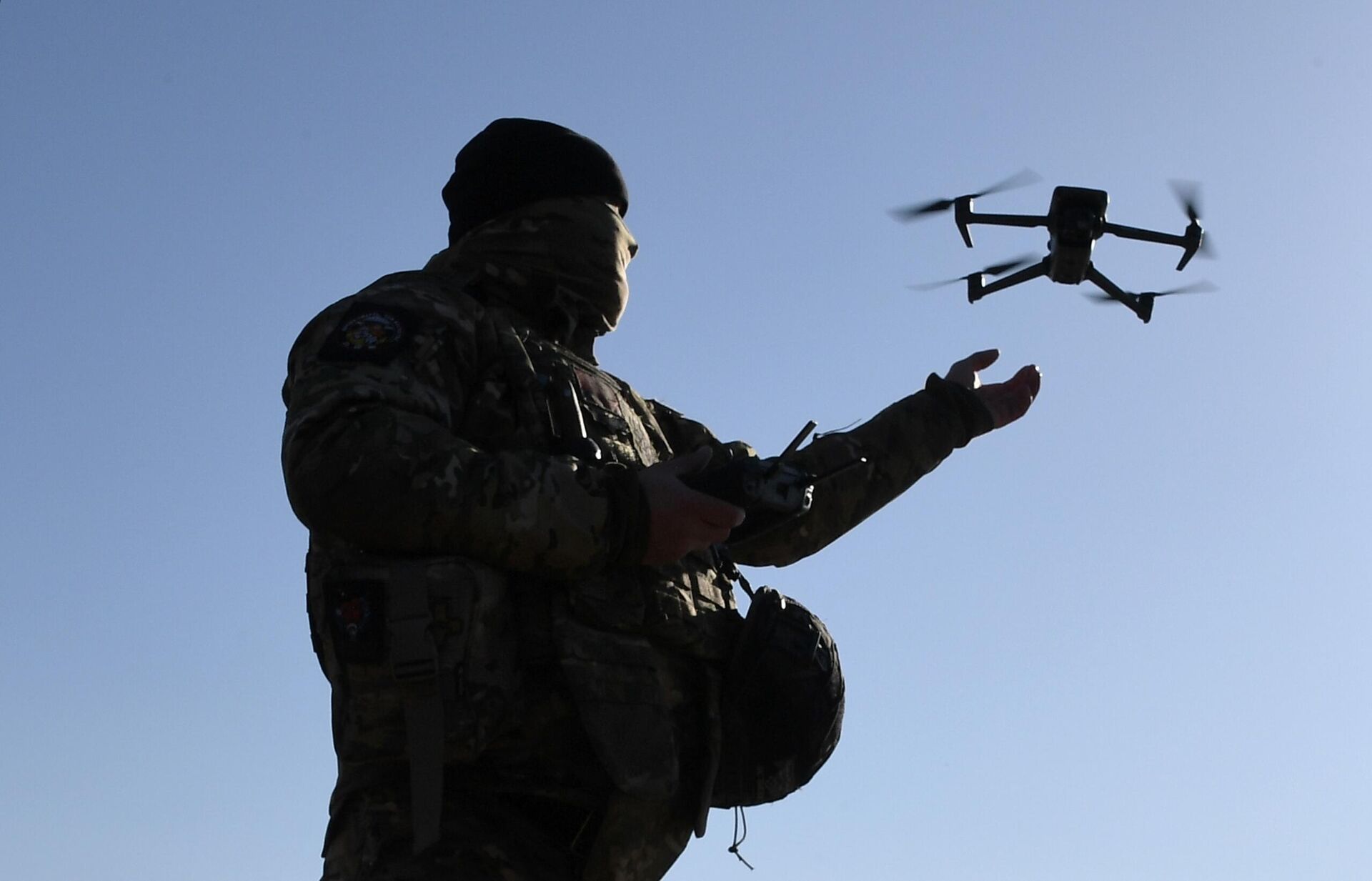
Let us note that the conflicts of recent years have shown that there is no absolutely reliable weapon even against cheap consumer drones, including because no one has developed it.
In turn, Prince, in the same interview, complains about similar problems in the American Department of Defense . In his opinion, the American armed forces in their current state do not meet modern tasks, and their development is subordinated not so much to military as to bureaucratic logic. One of the manifestations is a very bloated apparatus.
“During the Second World War, we had 14 million people under arms. Now — 1.4 million, that is, ten percent of that. And the number of personnel at headquarters is the same as then. And this is in the era of digital communications, video conferencing and the like,” said the founder of the PMC. And he stated: any large organization is inherently bureaucratic, risk-averse and ignorant.
And yet, sometimes it can change. According to Bloomberg, the Office of the Director of National Intelligence has hired analyst and cybersecurity expert Jason Barrett to improve its work with open data. Among the tasks are the development and implementation of new tools for collecting and analyzing information, as well as improving coordination between various departments.
Thus, while some have to quickly learn from their own — often bloody — mistakes, others learn from others. Albeit slowly.











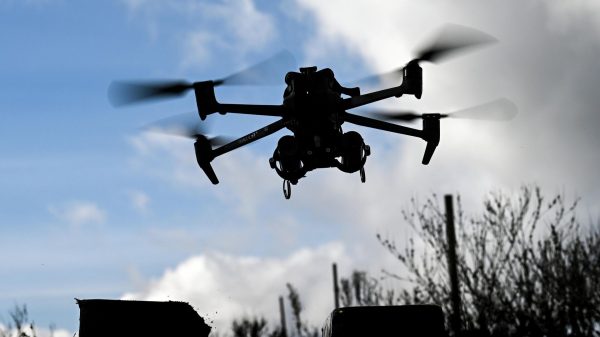






















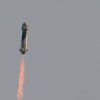


















Свежие комментарии